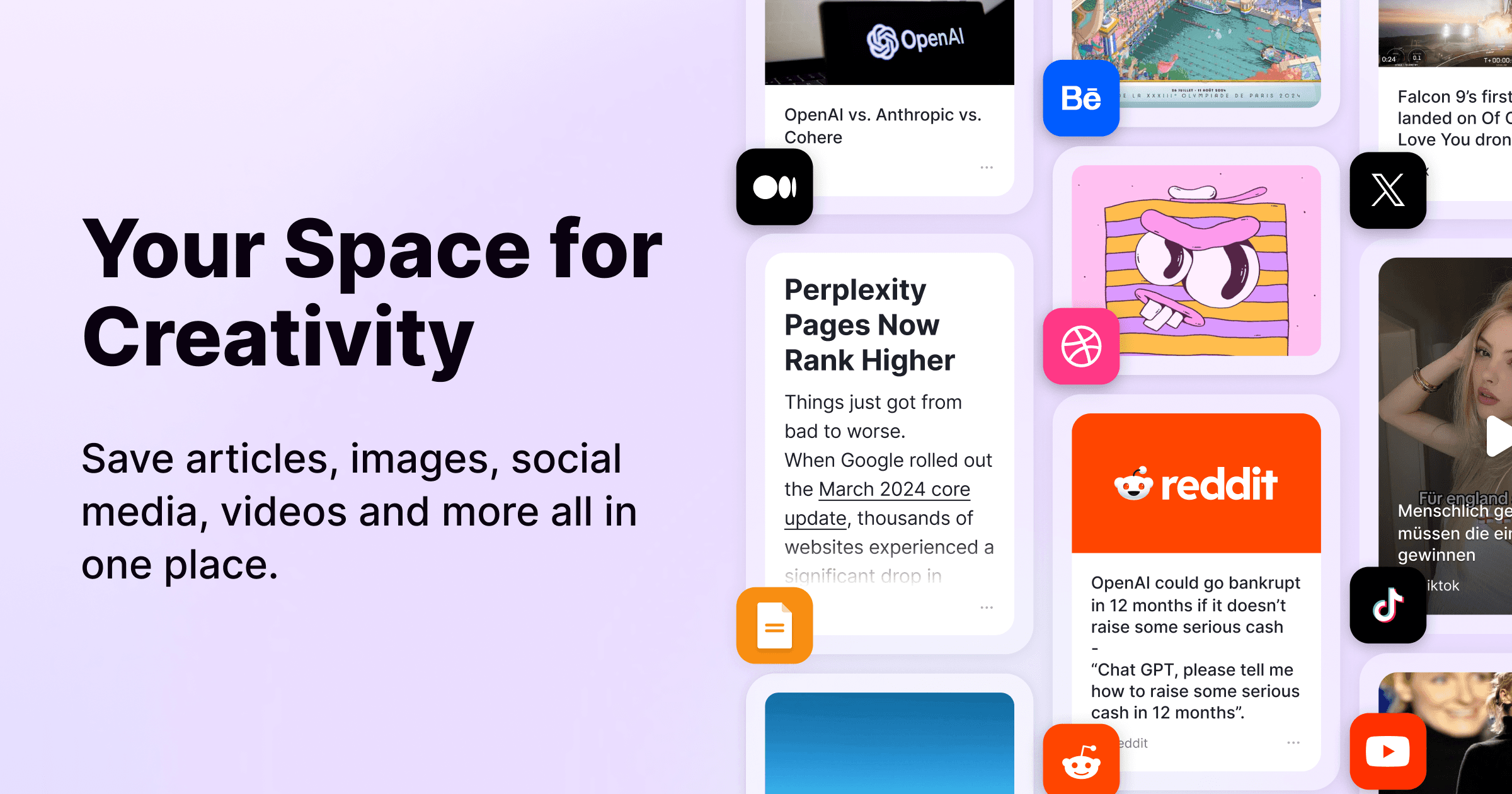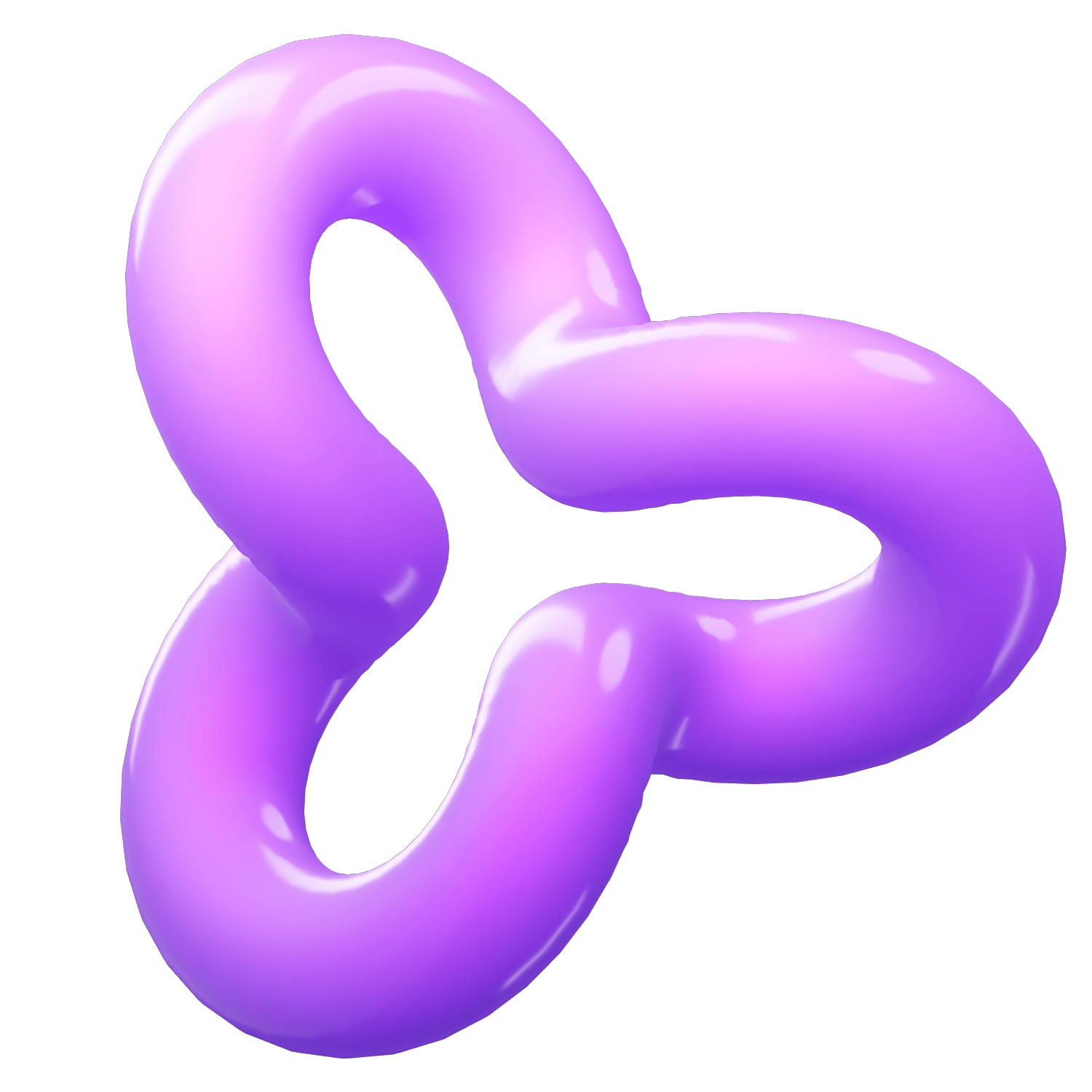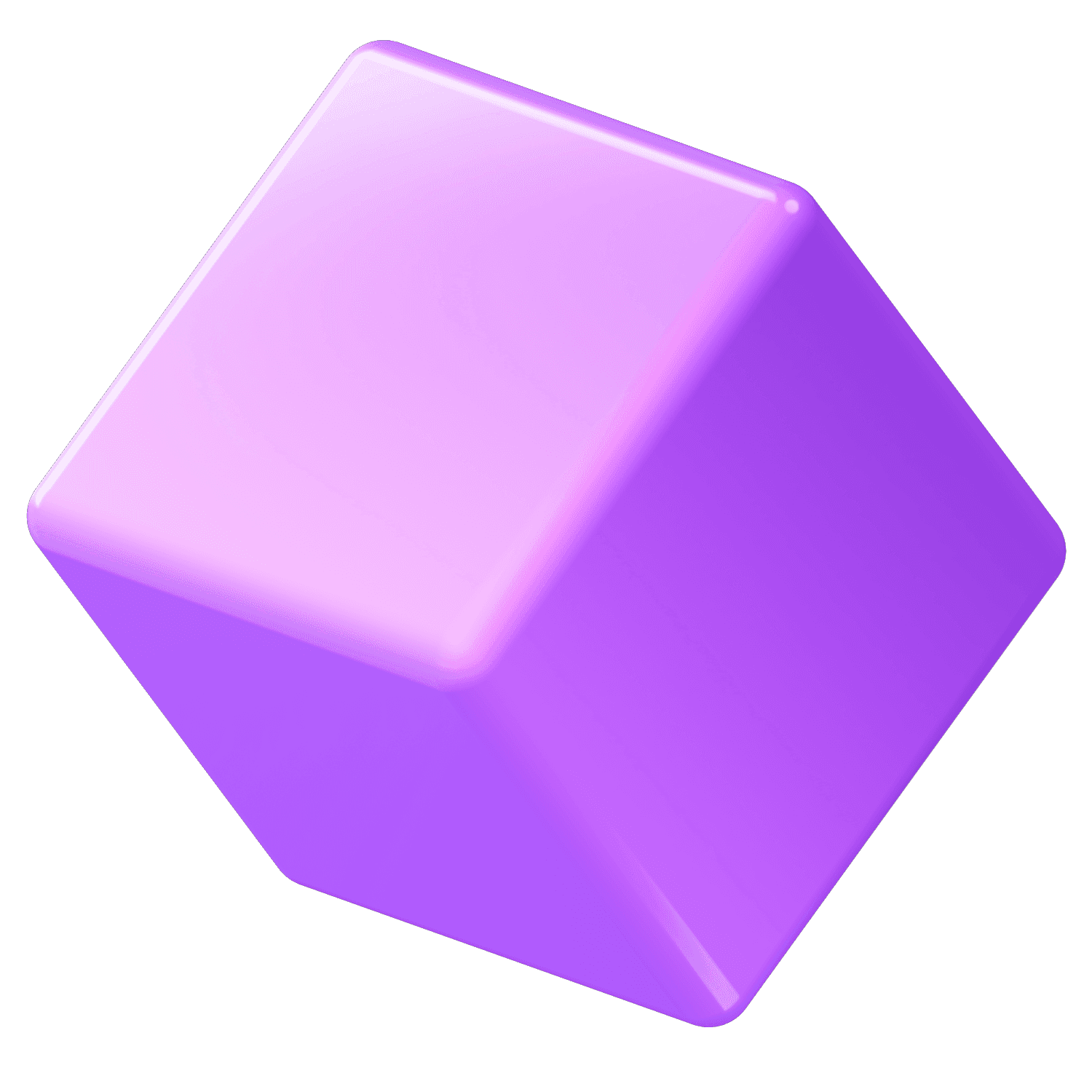How to Scrape Data from the Web with Golang
Category
2024/10/09
How to Scrape Data from the Web with Golang
Web scraping is a powerful technique for extracting data from websites, and Golang (Go) is increasingly becoming a popular choice for this task due to its efficiency and concurrency features. This article will guide you through the process of building a web scraper using Go, specifically utilizing the Colly library, which simplifies many aspects of web scraping.
Why Choose Golang for Web Scraping?
Golang offers several advantages for web scraping:
Concurrency: Go's goroutines allow you to handle multiple requests simultaneously, making it ideal for scraping large datasets.
Performance: Go is a compiled language, which results in faster execution times compared to interpreted languages like Python.
Simplicity: The syntax of Go is straightforward, making it easier for developers to write and maintain code.
Setting Up Your Go Project
Install Go: Ensure that you have Go installed on your system. You can download it from the official Go website.
Create a New Project:
Install Colly:
To install the Colly library, run:
Building Your First Web Scraper
Now that you have your project set up, you can start coding your web scraper.
Step 1: Create the Main File
Create a file namedmain.goin your project directory and open it in your text editor.
Step 2: Write the Scraper Code
Here’s a basic example that scrapes links from a Wikipedia page:
Step 3: Run Your Scraper
To execute your scraper, use the following command in your terminal:
Understanding Key Components
Collector: The
colly.NewCollector()function creates a new collector instance that manages requests and responses.OnHTML: This method allows you to define actions when specific HTML elements are found. In this case, it retrieves all anchor (
<a>) tags with anhrefattribute.Visit: The
Visitmethod initiates the scraping process by requesting the specified URL.
Handling More Complex Scenarios
For more advanced scraping tasks, consider implementing additional features:
Rate Limiting: To avoid overwhelming servers, implement delays between requests using
c.Limit.Error Handling: Use callbacks like
OnErrorto manage errors during requests.Data Storage: You can store scraped data in various formats (e.g., JSON) using Go’s built-in encoding packages.
Conclusion
Golang provides an efficient and powerful framework for web scraping through libraries like Colly. By following the steps outlined above, you can easily set up a web scraper that meets your data extraction needs. As you grow more comfortable with Go, you can explore its advanced features to enhance your scraping capabilities even further.With its speed and simplicity, Golang stands out as an excellent choice for anyone looking to scrape data from the web efficiently.



